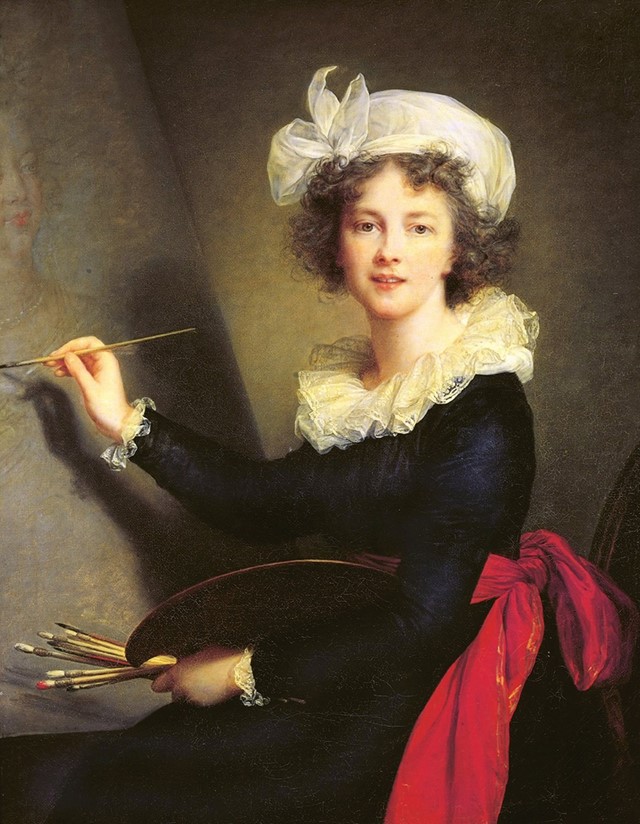Marie Antoinette's favourite female painter is the subject of an insightful exhibition at New York’s Met Museum
Who? Elisabeth Louise Vigée le Brun, or Madame Le Brun as she would later come to be known, produced some of the most famous paintings of the French aristocracy ever hung – but her drive to paint, even when to do so threatened her own life, elevates her story far beyond the wooden-panelled halls of an art gallery. Born in Paris in 1755, Vigée le Brun grew up in a convent and, banned as women were from taking art classes, taught herself to draw over hours spent copying from plaster casts and works by the Italian and Flemish royal collections. Even as a teenager she drew critical attention – wealthy customers came to her home to sit for portraits, and before long the young artist had established herself as a portraitist to such an extent that she had an esteemed, aristocratic clientele. By the 1780s, she was working in the French royal court, building an enduring relationship with Marie Antoinette that would see her paint 30 images of the French queen. Before long she was considered one of the most fashionable portrait artists of the 18th century.

Vigée Le Brun was working at a time when women weren’t expected to be artists at all, so the minor scandals which trailed in her wake – in 1787, for example, she painted a smiling self-portrait in which her mouth is slightly open, a move which was entirely at odds with the tradition of the time – reverberated further than any of those by her male peers. Perhaps partly as a result, the period of serene success she enjoyed was short-lived: in 1789, as France was thrown into the French Revolution, Vigée Le Brun’s close personal ties with the newly executed queen drove her into exile. She was forced to leave France, her daughter in tow, travelling over a number of years through Italy, Austria, Czechoslovakia and Germany, where she was warmly received by those who had heard of her previous success. Before long, Vigée Le Brun had installed herself in Russia, and later London, where she continued to paint figures of note, before returning to Paris and to her husband in 1805.
What? Men often posed for Vigée Lebrun – her portrait of neoclassical painter Hubert Robert hangs at the Louvre even now – but her true passion was in depicting women, a task her stylistic touch and empathetic ear touch lent her to. As the preferred portraitist of Marie Antoinette, the artist created over 30 images of the queen, helping to endear her to her kingdom by painting her in swathes of draped silk and surrounded by her adoring children. She worked predominantly in loose brushwork and bright colours, and the elegance of her painting ensured her success – flattering poses, softly windswept curls and dynamic compositions led a rich and varied clientèle to her studio, and her work, in turn helped to counteract the negative publicity many aristocratic figures received over the revolutionary period. Above all, Vigée Le Brun had an intensely human understanding with her sitters, which not only served as a magnificent marketing tool, but also made her a far stronger painter.

Why? Even in a turbulent historical period, and when a working as a woman artist was a point of contention, Vigée Le Brun was prolific in her output – over the course of her career she painted 660 portraits and 200 landscapes, formulating what is now considered to be a comprehensive archive of the period. Her enduring influence is the subject of a celebratory new exhibition, Vigée Le Brun: Woman Artist in Revolutionary France, at New York’s Metropolitan Museum of Art, which condenses the painter's fruitful life and defiant rejection of socio-cultural convention into a selection of 80 works. "This is the first retrospective and only the second exhibition devoted to Vigée Le Brun in modern times," the museum explains. With a revolutionary attitude which matched the turbulent history she survived, it's unlikely it will be the last.

Vigée Le Brun: Woman Artist in Revolutionary France runs until May 15, 2016, at the Metropolitan Museum, New York.
